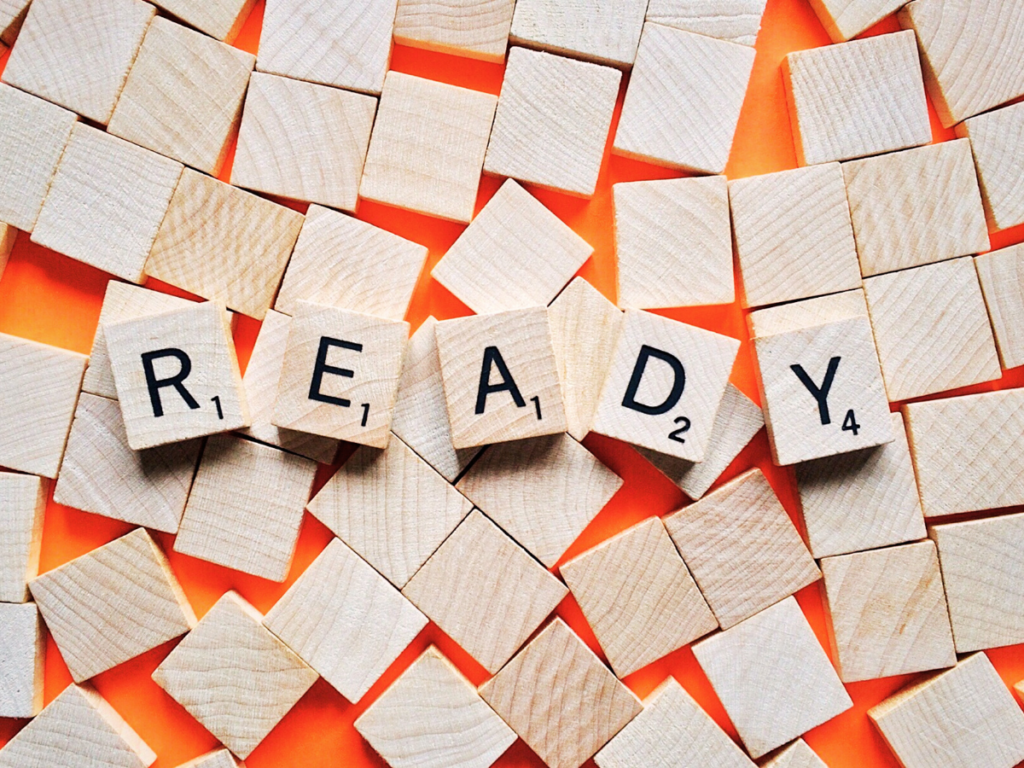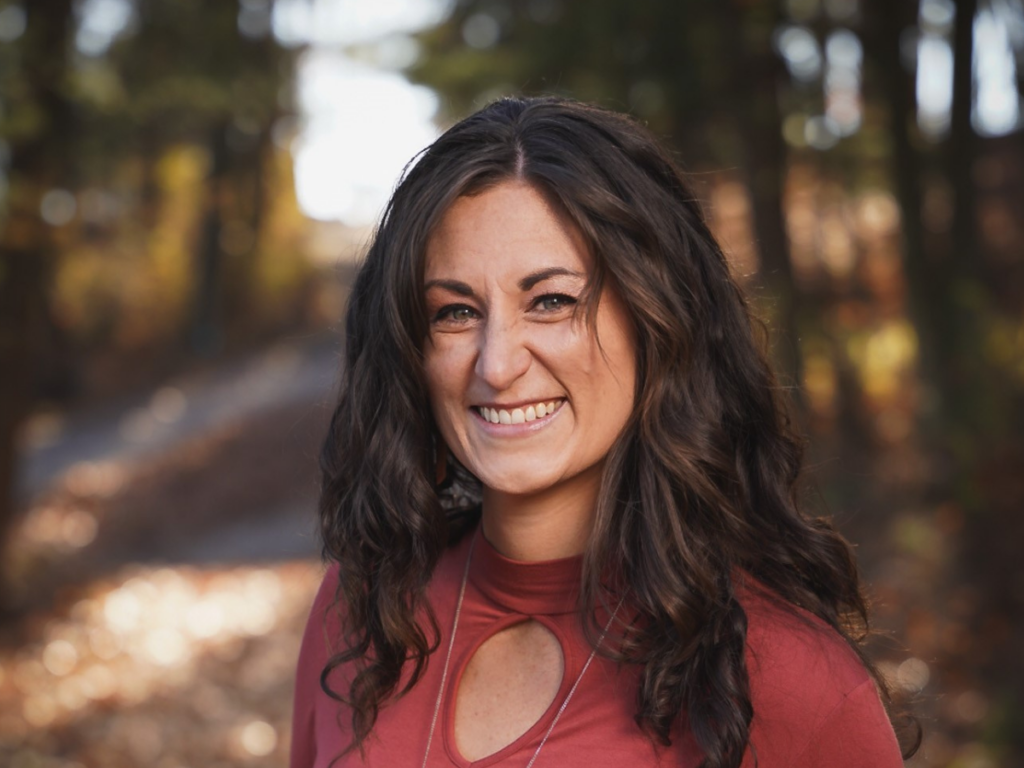I’m Sonya Woods, an accessibility consultant for Penn State’s World Campus Learning Design. Part of my job is working with instructional designers and instructional production specialists to help them design course content that works well for students with disabilities, including blindness. Since I work with design staff and our students are at a distance, I rarely get to meet the students whom I help. As part of professional development, I am taking a course called Learning Design Studio LDT 550 at Penn State’s University Park campus, where I met a blind student named JooYoung Seo.
Being in a class with JooYoung, and learning from him what works well for him in a learning environment, has given me valuable information I use every day in my work. I sat down with JooYoung, who has taken both resident courses and online courses at Penn State, to better understand his challenges and successes. Our conversation follows:
Where are you from?
My service dog (a yellow Labrador retriever), Arang, and I came here last August from South Korea.
What are you studying now and what are your career goals?
I am a first-year master’s degree student in the learning, design, and technology program. I am interested in how technology can impact students’ multidimensional learning. Thanks to my visual disability, I use other senses, such as hearing, smelling, touching, and sometimes even tasting, to learn. I know from experience that visual input and output is not the only effective way to learn.
It is true that human beings rely mainly on sight, but at the same time, we are missing great potential if we don’t develop other senses. As a person who depends on senses other than visual, I wish to contribute to researching a multisensory approach to teaching and learning. I believe I can use cutting-edge technologies, such as augmented reality, virtual reality, and haptics (process of recognizing objects through touch) as tools to support multidimensional learning.

Recently I have been focusing more on online accessibility for the visually impaired and blind students’ learning for my master’s thesis; I am planning to write a paper about how MOOCs (Massive Open Online Courses) can impact visually disabled students’ learning. I hope to work on my multisensory approach more deeply when working on my PhD.
My goal is to be a researcher and professor in this field, and help others with my findings and teaching.
What is your experience with taking online courses?
I have taken one online course here at Penn State and additional online courses in Korea.
It is highly competitive to enter a college or university located in Seoul, Korea, which is the capital and largest city, and the entrance exam requires a lot of preparation time. Most Korean high school students, therefore, go to private (extracurricular) academy cram schools, called hagwon, to make up their weak points in some subjects and learn more to get better grades on their exams.
I wasn’t able to go to those profit schools because they didn’t provide me with any alternative materials or alternative texts; they target mainstream students, which did not include me as a participant. That’s why I used online courses a lot for my university entrance exams.
There is a public educational broadcasting channel in Korea called the EBS (Educational Broadcasting System) that offers high-quality online courses for free to anyone. When I was in 10th grade, there was an effort to make accessible video lecture files for both blind and deaf high-school students who used EBS to prepare for the entrance examinations. At that time, I was one of the representatives for Korean blind students and attended the meeting to come up with proper guidelines for the universal videos. EBS ended up providing some alternative textbooks and narrating voice videos for the blind and subtitles for the deaf. Those accessible
e-learning materials helped me so much to study and prepare for the college exam that I did quite well on it.
What course elements create the most difficulty for you?
Since an online course is taught and experienced on web pages, challenges depend on how accessible the website is; in other words, if an online lesson is well designed, based on WCAG (Web Content Accessibility Guidelines) 2.0, I can navigate and participate in that course without any difficulties. Otherwise, it could be very challenging.
Therefore, web accessibility is really imperative for me and other disabled students to be able to participate in an online course.
What strategies do you use to overcome the challenges you face as a student?
There is an Office for Disability Services (ODS) at Penn State for supporting those who have physical challenges and other disabilities. I work closely with them to address some of the challenges I face.
If needed, they send official requests to my instructors and discuss with them how to make the course more accessible for me. Sometimes web accessibility consultants help by redesigning the course website or providing alternative content.
What would you say to a student who is blind, who is considering college?
Blindness or a visual disability does not need to be a stumbling block to going forward. If you are interested in something, just accept the challenge and go get it. Gone are the days when we say, “It’s impossible.” Why? Because there are many assistive technologies we can use for study. Plus, the ADA (Americans with Disabilities Act) supports us to pursue our future as much as we want.
What can faculty take into consideration when teaching students who are blind?
Many instructors are unfamiliar with how to embrace the blind student(s) in their class. I think, however, it is not as difficult as they might believe. I kindly suggest that they provide their blind students with accessible materials, as they upload their handouts on the course website.
Blind students mostly use screen-reading software, which translates texts on the screen into speech so that users can understand the spoken texts. But there are many images on web pages and even in the course materials. PDF files and PowerPoint slides can contain lots of graphics. Those are not accessible to screen reader users, so one thing instructors can do is give additional descriptions for the important images, charts, and tables in a text format for the blind students. I believe those additional alt texts will allow their blind or visually impaired students to follow up and participate in the lesson with their classmates.



